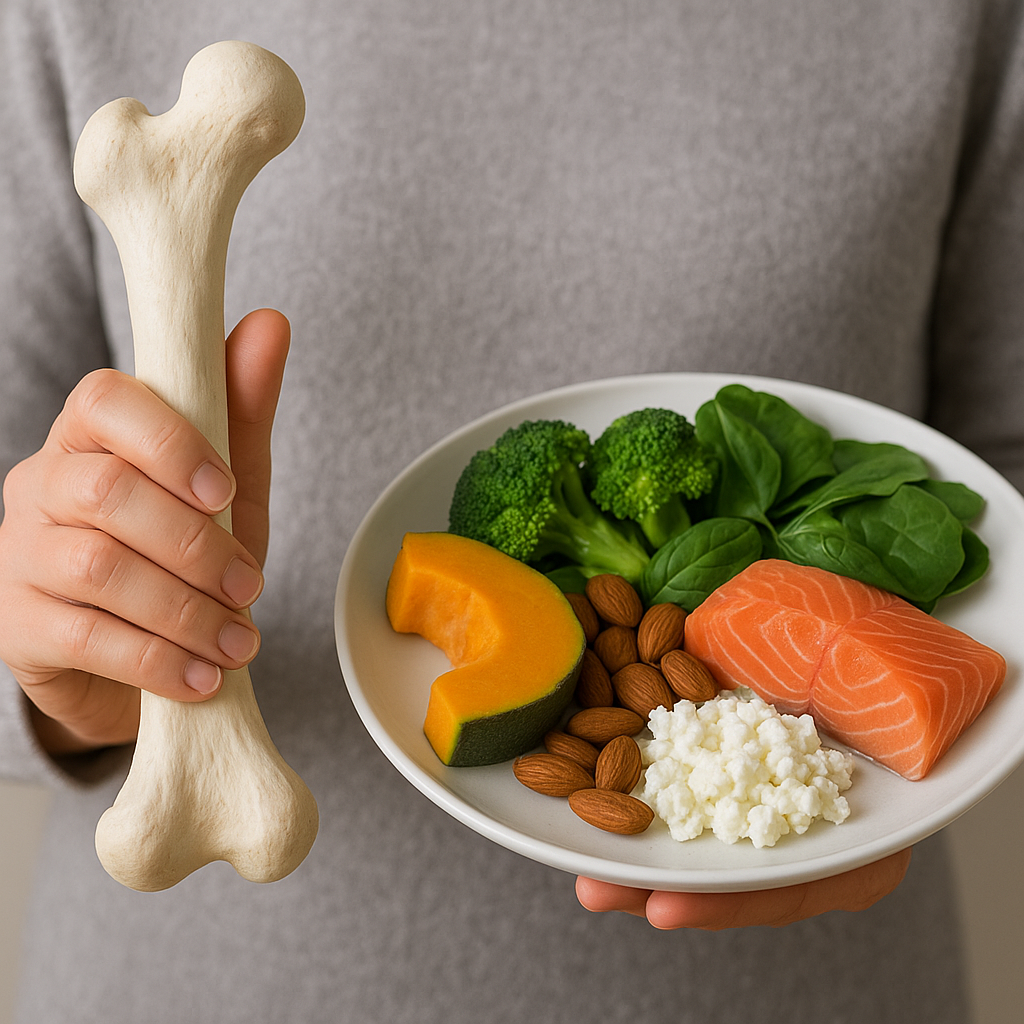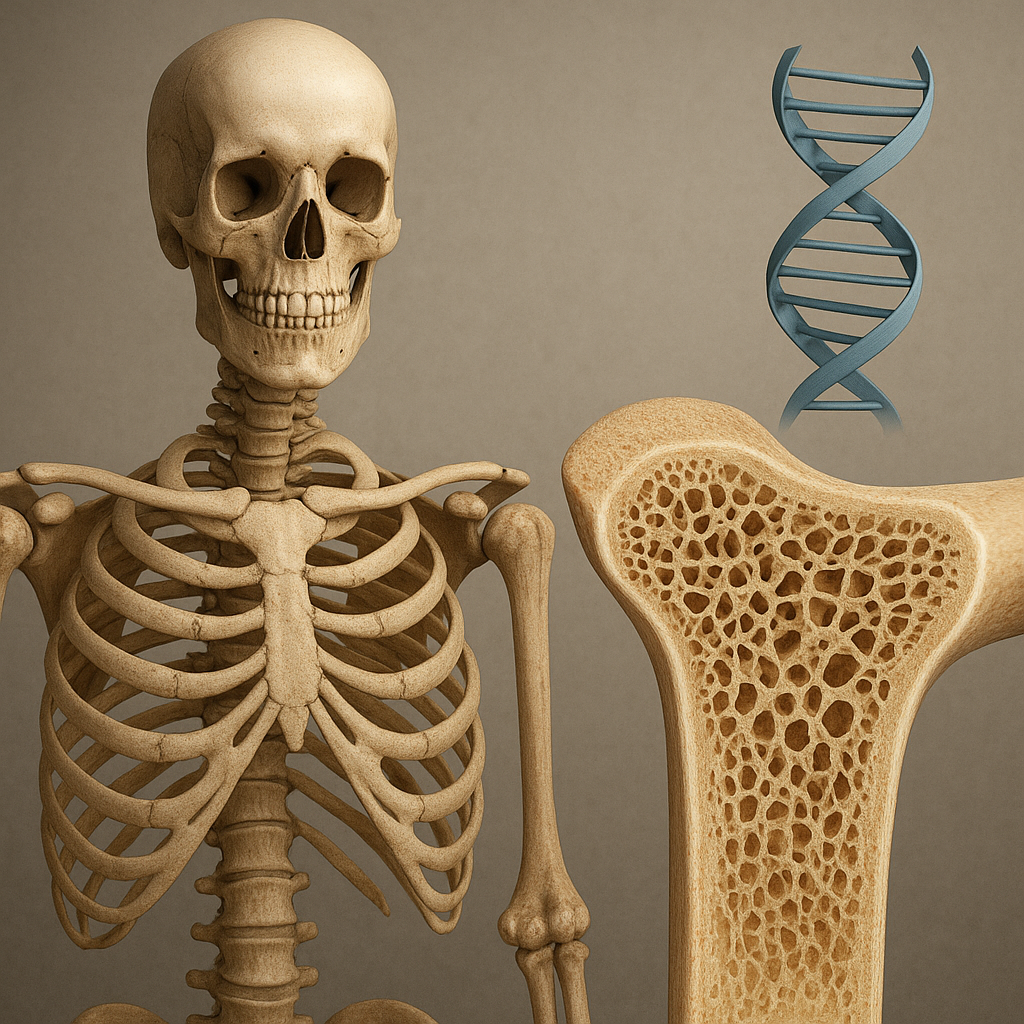Bone transplantation in dental surgery is a critical procedure that plays a significant role in restoring oral health and function. This technique is often employed to address various dental issues, including tooth loss, jawbone deterioration, and the need for dental implants. The process involves transferring bone tissue from one site to another, which can enhance the structural integrity of the jaw and support dental procedures. This article will explore the uses and benefits of bone transplantation in dental surgery, highlighting its importance in modern dentistry.
Understanding Bone Transplantation in Dental Surgery
Bone transplantation, also known as bone grafting, is a surgical procedure that involves the transfer of bone tissue to repair or reconstruct areas of the jaw that have been compromised due to injury, disease, or tooth loss. The primary goal of this procedure is to provide a stable foundation for dental implants or to restore the natural contour of the jawbone.
There are several types of bone grafts used in dental surgery, including:
- Autografts: These are bone tissues harvested from the patient’s own body, typically from areas such as the chin, jaw, or hip. Autografts are considered the gold standard due to their biocompatibility and lower risk of rejection.
- Allografts: These grafts are sourced from human donors and are processed to ensure safety and sterility. Allografts are a viable option when autografts are not feasible.
- Xenografts: These involve the use of bone tissue from animals, usually bovine. Xenografts are often used in cases where human grafts are not available or suitable.
- Synthetic grafts: These are man-made materials designed to mimic the properties of natural bone. They can be made from various materials, including ceramics and polymers.
The choice of graft type depends on several factors, including the patient’s specific needs, the extent of bone loss, and the surgeon’s preference. Regardless of the type used, the success of bone transplantation relies on the body’s ability to integrate the graft into the existing bone structure.
Applications of Bone Transplantation in Dental Surgery
Bone transplantation is utilized in various dental procedures, each with its unique requirements and benefits. Some of the most common applications include:
1. Dental Implants
One of the primary uses of bone transplantation is to prepare the jawbone for dental implants. When a tooth is lost, the surrounding bone can begin to deteriorate due to lack of stimulation. This bone loss can create insufficient bone volume and density for successful implant placement. Bone grafting helps to rebuild the bone structure, providing a solid foundation for the implant.
2. Ridge Augmentation
Ridge augmentation is a procedure aimed at restoring the natural contour of the jawbone after tooth extraction. When a tooth is removed, the bone can resorb, leading to a sunken appearance. Bone grafting can help to augment the ridge, ensuring that there is enough bone to support future implants and maintain facial aesthetics.
3. Sinus Lift Procedure
In cases where the upper jaw lacks sufficient bone height for implant placement, a sinus lift may be necessary. This procedure involves lifting the sinus membrane and placing bone graft material in the sinus cavity to encourage new bone growth. This creates a more favorable environment for dental implants in the upper jaw.
4. Treatment of Bone Defects
Bone defects can arise from various conditions, including periodontal disease, trauma, or congenital defects. Bone transplantation can be used to fill these defects, promoting healing and restoring function. This is particularly important in maintaining the integrity of the jaw and preventing further complications.
Benefits of Bone Transplantation in Dental Surgery
The benefits of bone transplantation in dental surgery extend beyond the immediate restoration of bone structure. Some of the key advantages include:
1. Improved Success Rates for Dental Implants
By providing a stable and adequate bone structure, bone grafting significantly increases the success rates of dental implants. A well-integrated graft ensures that the implant can withstand the forces of chewing and biting, leading to long-term success.
2. Enhanced Aesthetic Outcomes
Bone transplantation helps to restore the natural contours of the jaw, which is crucial for maintaining facial aesthetics. Patients who undergo successful bone grafting often experience improved appearance and self-confidence, as the procedure can prevent the sunken look associated with bone loss.
3. Preservation of Jawbone Health
Bone grafting not only addresses existing bone loss but also helps to prevent further deterioration. By stimulating bone growth and maintaining the integrity of the jaw, patients can avoid complications associated with advanced bone loss, such as additional tooth loss and changes in bite alignment.
4. Versatility in Treatment Options
Bone transplantation offers a versatile solution for various dental issues. Whether it is preparing for implants, correcting defects, or enhancing aesthetics, bone grafting can be tailored to meet the specific needs of each patient. This adaptability makes it an essential tool in modern dental practice.
Conclusion
Bone transplantation in dental surgery is a vital procedure that addresses a range of dental issues, from preparing for implants to restoring jawbone integrity. With various graft options available, dental professionals can customize treatment plans to suit individual patient needs. The benefits of bone grafting extend beyond immediate restoration, contributing to improved implant success rates, enhanced aesthetics, and the preservation of jawbone health. As dental technology continues to advance, bone transplantation will remain a cornerstone of effective dental care, ensuring that patients can achieve optimal oral health and function.













